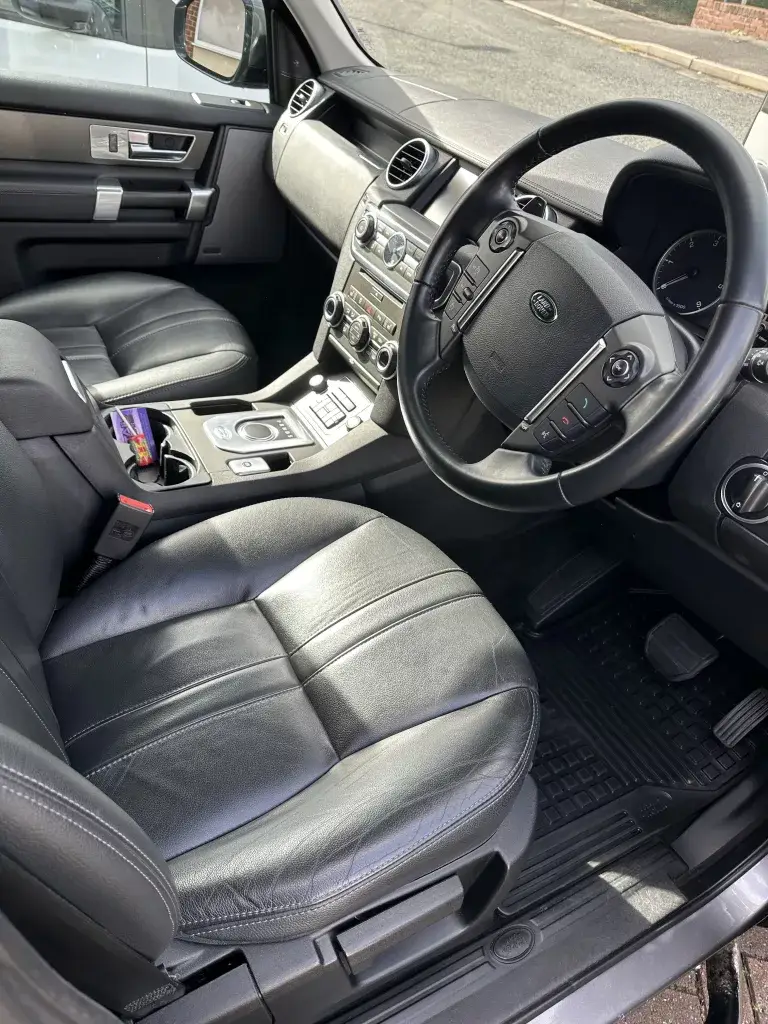Car Leather Conditioning: Elevating Your Car's Interior
Hello, today, we’re delving into the world of car interior care with a particular focus on an essential aspect: car leather conditioning. If your car’s interior boasts the luxury and sophistication of leather, this guide is your key to keeping it in prime condition. So, let’s explore the art of leather conditioning and learn how to preserve and elevate the elegance of your car’s interior.
The Essence of car Leather Conditioning
Leather conditioning is the practice of nurturing, protecting, and rejuvenating the natural beauty and texture of leather surfaces within your vehicle. Whether it’s the seats, steering wheel, or other leather-appointed elements, proper conditioning not only enhances their visual appeal but also extends the lifespan, ensuring the leather ages gracefully.
Why Leather Conditioning Matters
Before we dive into the techniques of leather conditioning, let’s understand why it’s a crucial aspect of car interior care:
1. Preservation of Luxury: Leather interiors are synonymous with luxury and refinement. Regular conditioning helps maintain that luxurious look and feel, ensuring your car eludes an air of opulence.
2. Protection Against Wear: Leather can become brittle and prone to cracks and tears if not properly cared for. Conditioning nourishes the leather, preventing premature aging and damage.
3. Enhanced Comfort: Soft, supple leather is far more comfortable than dried-out, stiff leather. Conditioning keeps the leather pliable, enhancing the overall comfort of your car’s interior.
4. Resale Value: A well-maintained leather interior significantly boosts the resale value of your vehicle. If you ever decide to sell or trade in your car, you’ll reap the benefits of your leather care efforts.
Leather Conditioning Techniques
Now, let’s explore the essential techniques and practices for effective leather conditioning:
1. Regular Cleaning: Before conditioning, it’s essential to clean the leather surfaces. Use a leather-specific cleaner and a soft cloth to remove surface dirt and oils.
2. Choosing the Right Conditioner: Select a high-quality leather conditioner that matches your specific type of leather (aniline, semi-aniline, or pigmented). Avoid products with harsh chemicals.
3. Test a Small Area: Before applying the conditioner to the entire surface, test it on a small, inconspicuous area to ensure it doesn’t cause any adverse reactions or discoloration.
4. Application: Apply the conditioner evenly using a clean, lint-free cloth or applicator pad. Work in small sections, rubbing the conditioner into the leather with gentle, circular motions.
5. Allow Absorption: Let the conditioner sit on the leather for the recommended time specified by the product’s instructions. This allows the leather to absorb the nourishing properties.
6. Buff Excess: After the absorption period, use a separate clean cloth to buff away any excess conditioner. This gives the leather a beautiful, natural sheen.
7. Repeat as Needed: Depending on usage and environmental factors, repeat the conditioning process periodically to keep the leather in top shape.
Protection from Sun: Whenever possible, park your vehicle in the shade or use sunshades to shield the leather from prolonged exposure to sunlight, which can cause fading and damage.
In Conclusion
Car leather conditioning isn’t just about looks; it’s a commitment to preserving the luxury, comfort, and longevity of your car’s interior. By following these techniques and practices, you can ensure that your leather surfaces age gracefully and continue to elude sophistication. Embrace the art of car leather conditioning, and let your car’s interior radiate the timeless charm of well maintained leather. Happy conditioning!



